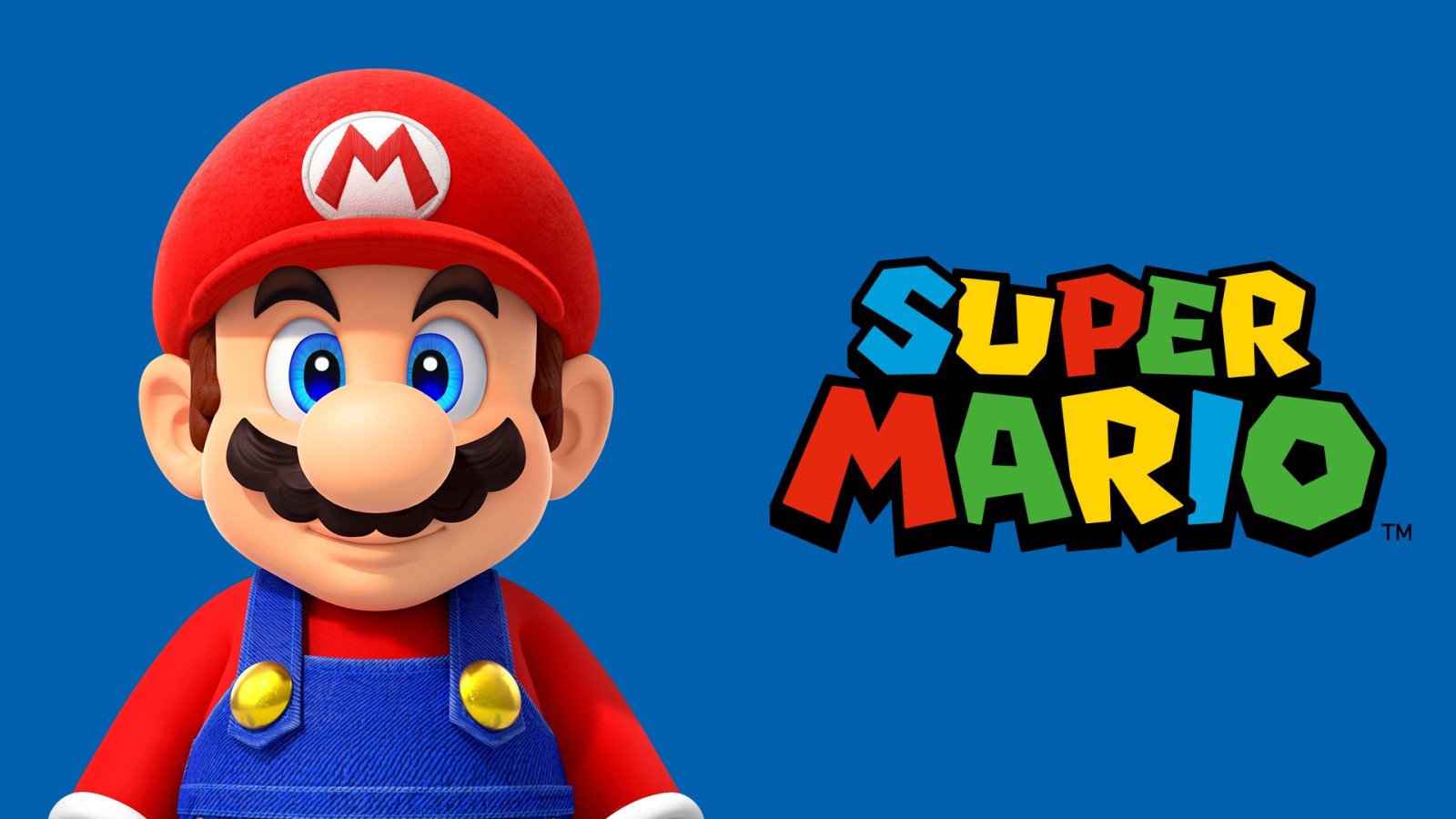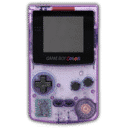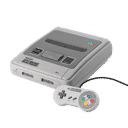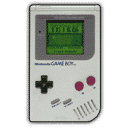
Summary:
Shigeru Miyamoto’s latest conversation with Casa Brutus lands at a perfect moment: Mario’s 40th anniversary, a new film set among the stars, and a team carrying the torch he lit decades ago. He’s stepped back from the grind of day-to-day development, yet he still jumps into every new Mario for roughly the first thirty minutes to check one timeless rule: it has to feel like Mario. That touchstone frames his outlook on the next theatrical adventure as well. The Super Mario Galaxy Movie is now in its final stages, and he’s confident the result will be—simply—fun. The word sounds modest, but for Miyamoto fun isn’t fluff; it’s a hard-won standard that shapes interfaces, difficulty curves, and the rhythm of discovery. Looking back, he sees a line from the 2D finesse of Super Mario World to the 3D leap in Super Mario 64, with each hardware era opening new doors. Looking ahead, he hints at another familiar inflection point: new hardware, new expectations, and a creative challenge the current team will face head-on. The heart of Mario—running, jumping, curiosity—remains. The question is how to make those basics sing again without echoing the past. Below, we explore what he shared about culture, craft, and the next steps for the world’s most recognizable plumber—and why his simple barometer for fun still anchors everything we love.
Why “feeling like Mario” still decides everything
Miyamoto’s habit of playing the first thirty minutes of a new Mario isn’t a formality; it’s a stress test for identity. Those opening moments carry a lot of weight: a title screen that invites you in, the first jump that reveals physics, the earliest enemies that teach without scolding. If the interface fights you or the world feels stiff, the spell breaks. That’s why his early play sessions focus on intuition—how menus flow, how the camera anticipates your intent, how a simple hop can lead to five different ideas. Think of it as a handshake between player and game. You learn if the character trusts your instincts and whether the stage rewards curiosity. When that handshake is warm and confident, everything else—set pieces, power-ups, late-game mastery—has a solid foundation. If not, no amount of polish can hide the disconnect. By checking this specific slice of the experience, Miyamoto safeguards the series’ pulse: a playful momentum that makes experimentation feel safe and rewarding from minute one.
Teaching without telling: the Mario school of design
The first thirty minutes of any Mario often double as a quiet lesson plan. Coins beckon, platforms suggest routes, and enemies telegraph rules. It’s show, don’t tell, but with a grin. That’s why the tiniest friction—an awkward input, an unclear prompt—matters so much. These lessons build trust, and trust builds courage. Soon you’re trying trickier jumps, chaining moves, and pushing boundaries because the game has shown it will catch you if you slip. This is the craft Miyamoto checks: not lore, not exposition, but the soft guidance that turns a controller into a compass. When that guidance works, players of all ages move from timid to bold without ever feeling lectured, and that’s when Mario truly feels like Mario.
The invisible glue: inputs, rhythm, and camera
What makes an early Mario level sing? Inputs that snap, rhythm that alternates tension and relief, and a camera that feels like a friendly cameraperson rather than a stubborn robot. The genius often hides in the margins: a slightly longer coyote time that saves a risky leap, a bounce arc that lands you perfectly on a higher ledge, a camera pause that lets a vista breathe. None of these are headline features, but together they create a sense of rightness—like shoes that fit on the first try. That fit is what Miyamoto is checking, and if it’s off, the whole run wobbles.
Handing off the torch without dimming the flame
As the team’s composition has evolved, Miyamoto’s role has shifted from daily driver to seasoned navigator. He trusts the leads who’ve grown alongside the series, yet he keeps a finger on the pulse to ensure the spirit stays intact. This kind of stewardship isn’t about hovering; it’s about maintaining a north star everyone can steer toward. When he steps in, it’s usually to nudge clarity—trim a menu step, soften a cliff edge, or reframe an early puzzle so the solution feels earned. The result is a team that experiments boldly but honors the core. New power-ups and mechanics can arrive, but if they clash with that signature feel, they’re trimmed or tuned until they sing. That’s how a four-decade-old series still surprises without feeling alien to long-time players.
The balance between tradition and spark
There’s a reason fans light up when they see a Goomba or hear a familiar jingle: shared memory. But nostalgia can’t carry a full adventure. The best modern Marios use tradition as a springboard, not a script. A mechanic returns with a twist. A classic enemy learns a new trick. Even the camera can evolve quietly to better match today’s screens and players’ expectations. Stewardship here means pruning as often as planting—choosing which roots to keep strong and which branches to grow. The team’s willingness to iterate on tiny details keeps the series lively without losing its face.
Culture matters: playful rigor in practice
Inside Nintendo, playful rigor is a real thing. It looks like whiteboards full of level sketches and test runs that end with designers asking: did that feel cheeky or cheap? If a gag lands only once, it becomes a cameo; if it supports ten variations, it may become a pillar. This lens is how the series avoids bloat. Even in a sprawling release, the number of core verbs is surprisingly lean, which helps every new world feel readable and joyful. That restraint—rare in an age of kitchen-sink design—keeps Mario coherent and welcoming.
The Super Mario Galaxy Movie aims for simple, genuine fun
The next theatrical adventure takes Mario beyond the Mushroom Kingdom and back into the stars. Miyamoto describes the film’s production as being in its final stages, and his target is refreshingly clear: make it fun. Not loud. Not complicated. Fun. In film, that word covers timing, sight gags, musical cues, and how characters bounce off each other without over-explaining the joke. Galaxy’s setting naturally opens the door for scale—whirling planets, looping gravity, and sparkly skyways—but the team’s challenge is to turn spectacle into delight rather than noise. That means foregrounding personality: the way Mario reacts when the ground flips, how a companion teases out his bravery, and how awe mixes with mischief when the rules of gravity bend. If the movie captures those emotions, it won’t just look like Mario—it’ll feel like Mario.
From console to cinema: translating game rhythm to film rhythm
Games give you agency; films guide your gaze. Bridging that gap requires rhythm that mimics play without the controller. Expect sequences that escalate in readable steps: a small gravity gag becomes a bigger set piece, then pays off with a character beat. The structure of a great level often mirrors a great scene: teach, test, twist, triumph. When those beats click, audiences who’ve never touched a controller still feel the exhilaration players know so well. That’s the translation Miyamoto watches over—a tone that respects the roots while embracing the medium’s strengths.
Why restraint makes the spectacle pop
Galaxy practically begs for visual fireworks, but fireworks without pause fade fast. The smartest path is contrast: quiet beats that let a melody breathe, followed by playful chaos that breaks into laughter. Think of a small, clever gravity joke that foreshadows a later showstopper. When the big moment arrives, it feels earned rather than dumped on the screen. This is the same editing principle that makes a good Mario world map: clear routes, sparkling detours, and just enough mystery to pull you forward.
Forty years of Mario: the throughline from 2D finesse to 3D wonder
Looking back, Miyamoto recalls reaching a creative peak by the end of the 16-bit era, when Super Mario World squeezed so much personality and precision into two dimensions that it felt like a natural capstone. Then hardware shifted, and a new door opened: full 3D. Super Mario 64 wasn’t just a new camera angle; it redefined how curiosity works in a platformer. Corners to peek around, trees to climb, spaces that invited you to poke and prod—suddenly, exploration had volume. In that leap lies a lesson that keeps echoing across the decades: technology can expand the canvas, but the brushstrokes still come from playful rules, readable worlds, and movement that feels good in your hands.
Each era’s gift: what the hardware unlocks
Every generation gives Mario a different gift. Some years it’s fidelity; others, speed or memory or haptics. The trick is deciding which gift to spotlight. When a console’s strengths match a designer’s instincts, magic happens. Tight inputs meet generous animation, and suddenly a wall-jump feels like a small miracle. The series doesn’t chase checklists; it chases moments—tiny thrills that stack into big smiles. That’s why a new hardware cycle always sparks questions: what fresh moments will be possible, and how do we make them feel inevitable?
Learning from constraints, not just horsepower
Constraints used to be simple—limited sprites, tiny cartridges. Today they’re different: attention spans, screen variety, and the sheer competition for playtime. Mario’s answer has remained steady: get to the fun fast, then reveal layers that reward persistence. Whether you’re five or fifty, there’s an on-ramp. The level after that? A nudge harder, a shade smarter, but never mean. That posture was forged in the era of tight limits and remains useful now, when limits feel fuzzier but stakes are higher.
What “the next challenge” could look like for the team
Miyamoto wonders aloud how the current team will tackle the next big leap. The question hints at new hardware and the fresh expectations that come with it. It isn’t just about pixels or frames; it’s about sensation. Maybe it’s tactile feedback that makes a triple jump feel springier, or systemic interactions that let a hat, a block, and a critter combine in surprising ways. The team’s task is to find one or two core ideas that expand Mario’s verbs without bloating the grammar. Get those right, and everything else—structure, collectibles, co-op—can bloom around them.
Design pillars to protect as experiments grow
No matter how bold the experiments, a few pillars tend to hold: responsive movement, clear feedback, readable hazards, and kindness that nudges rather than scolds. Protect those, and wild ideas have room to succeed. Abandon them, and even clever gimmicks feel brittle. Expect the next wave to keep that backbone strong while letting players express themselves more—routes that favor style, shortcuts that reward observation, and secrets that invite community chatter without devolving into obscurity for obscurity’s sake.
Keeping everyone included without flattening mastery
Inclusion doesn’t mean making everything easy. It means offering smart layers. The first route is friendly; the second route winks at veterans. Assist options can help newcomers build confidence without diluting the satisfaction of a clean run. Mario has long excelled at this dual-track approach, and the next chapter will likely push it further, so families can play together while speedrunners still find their playgrounds.
Movies, theme parks, and the stronger Nintendo bond
The last decade expanded Mario well beyond the living room. Theme parks added tactile wonder, and films invited new audiences. This isn’t dilution; it’s resonance. When a kid recognizes a warp pipe in a commercial or hums a melody on the way to school, the next game already has a foothold in the imagination. Miyamoto’s producer role leans into that resonance. He focuses on the team functioning smoothly, on everyone understanding the heartbeat of the character, and on workflows that carry that heartbeat from storyboard to final mix. The goal isn’t cross-promotion for its own sake; it’s a larger circle where playfulness echoes across mediums.
The film team’s compass: personality first
Effects age; personality endures. The characters’ small choices—a glance, a shrug, a brave step after a stumble—carry more weight than any explosion. That’s the kind of fun Miyamoto talks about: delight rooted in who Mario is, not just what he can do. Get that right and the rest—set pieces, songs, cameos—feels like a celebration instead of a checklist. It’s the same north star that guides game design, just reframed for a different canvas.
Why a steady cadence beats a frantic rush
With movies and parks in the mix, cadence matters. Audiences need time to miss a character just a little before the next wave arrives. A steady rhythm keeps excitement warm without burning it out. That’s why the phrase “final stages of production” signals confidence but not haste. The team wants laughter and awe to land honestly, and that takes timing—the same kind that makes a perfect stomp feel magical.
Hopes for the 50th anniversary: health, humor, and durable joy
Miyamoto jokes that perhaps he’ll look away and let the team surprise him, then adds a wish that lands with quiet sincerity: to stay healthy until Mario’s 50th. It’s a human note in a conversation about legends and milestones. Behind the headlines are people who care deeply about craft and about each other. That care shows up on screen as warmth—the kind you feel when a level welcomes you back after a long day, or when a tune plays and your hands know exactly what to do. If the next decade holds to that warmth and keeps chasing fun with rigor and heart, the mustache will keep smiling—and so will we.
Legacy isn’t a museum; it’s a living workshop
Anniversaries can turn living worlds into glass cases. The better path is a workshop vibe: tools out, sawdust on the floor, laughter in the air. That’s how Mario keeps breathing—by staying playful and curious even as the brand stakes grow. The team’s confidence in that approach, coupled with Miyamoto’s steady compass, makes the future feel open and bright. Not because of guarantees, but because of habits: test early, listen closely, polish the small stuff, and let joy lead.
The simplest promise: another good jump
Strip away the banners and milestones and one promise remains: the next jump will feel good. Feet plant, knees bend, and for a heartbeat you’re weightless. That tiny miracle—felt by millions across decades—has carried Mario this far. If the team keeps that miracle alive, the century mark won’t feel like a stretch. It’ll feel like a natural next step.
Conclusion
Miyamoto’s Casa Brutus conversation paints a picture of confident stewardship. He’s stepped back from daily development yet still guards the series’ pulse by testing those crucial first minutes and insisting that the experience “feels like Mario.” The Super Mario Galaxy Movie edges toward release with a focus on genuine fun rather than empty noise, and the team preparing the next big game embraces a challenge that every era brings: make the familiar sing again. Forty years on, the formula isn’t a formula at all—it’s a posture of curiosity, warmth, and rigor. Keep that posture, and the next leap will land just right.
FAQs
- Does Miyamoto still make Mario games directly?
- He’s stepped back from day-to-day development but stays involved as a guardian of the feel, personally testing early sections to ensure the experience aligns with Mario’s identity.
- What did he say about the Super Mario Galaxy Movie?
- He described it as being in the final stages of production and emphasized a clear goal: it should be fun, with confidence that the team is landing that tone.
- Why focus on the first thirty minutes of play?
- Those minutes define trust, introduce controls and rhythm, and set expectations. If they feel right, the rest of the adventure builds on a strong base.
- How does the team balance tradition and new ideas?
- By keeping core pillars—responsive movement, clear feedback, playful challenge—while iterating on mechanics and presentation so each entry feels fresh without losing its face.
- What’s next for Mario after the Switch era?
- New hardware brings new opportunities, and Miyamoto frames it as a challenge for today’s team: expand the verbs, keep the warmth, and make the next leap feel inevitable.
Sources
- ‘It’s going to be fun’: Miyamoto discusses Mario Galaxy movie and the future of Mario games, Video Games Chronicle, November 9, 2025
- Nintendo icon Shigeru Miyamoto says he always plays ~30 minutes to ensure Mario still “feels right”, GamesRadar+, November 10, 2025
- “I just hope to stay healthy”: Shigeru Miyamoto on taking further steps away from development, Nintendo Life, November 10, 2025
- Shigeru Miyamoto discusses his current involvement with Mario games and more, Nintendo Everything, November 9, 2025
- The Super Mario Galaxy Movie is in the “final stages of production,” Miyamoto feels, GoNintendo, November 9, 2025
- Super Mario creator discusses future of franchise, says next movie is going to be fun, GamingBolt, November 10, 2025














